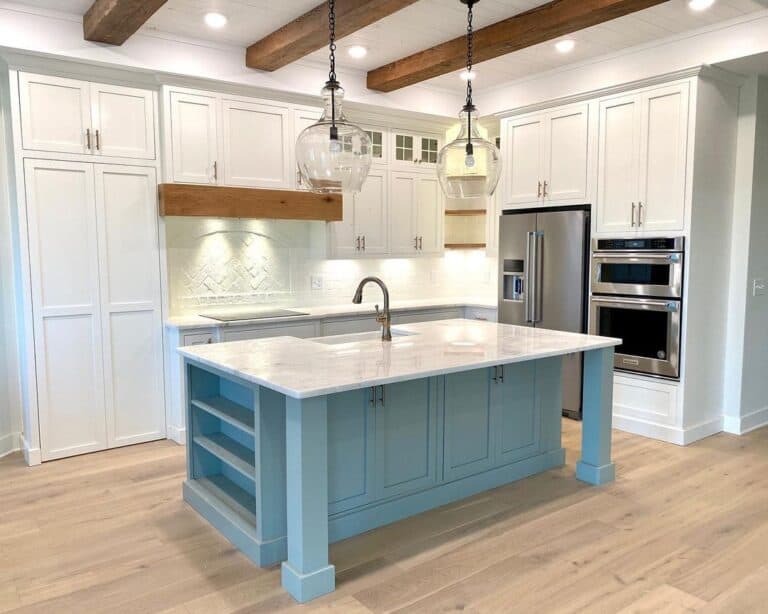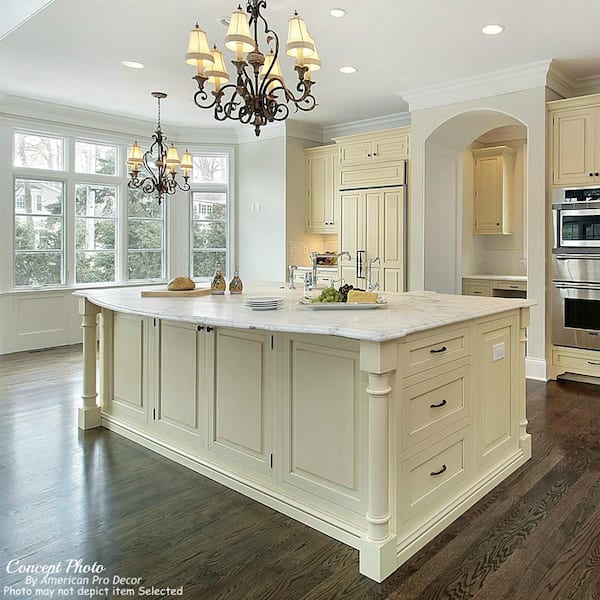Depend On Professional Craftsmanship for Tailored Legs For Kitchen Island Concepts
Depend On Professional Craftsmanship for Tailored Legs For Kitchen Island Concepts
Blog Article
An Overview to Choosing the Perfect Legs For Cooking Area Island for Your Home
Picking the optimal legs for your cooking area island is a nuanced decision that affects both the functionality and aesthetic appeal of this main area. As you take into consideration these elements, it comes to be apparent that the ideal legs can transform not just the look of your kitchen yet likewise its use for years to come.

Recognizing Kitchen Island Legs
When selecting legs for a kitchen island, it's important to comprehend their useful and visual roles in the overall style. The legs work as a vital support group, making certain security and durability for the island, which usually operates as a work area, dining area, or gathering spot. For that reason, the selection of material and construction strategy must be robust sufficient to stand up to day-to-day use and prospective wear.
In addition to their architectural responsibilities, legs add considerably to the island's aesthetic charm. They can boost the kitchen area's design, whether via standard, modern, or diverse styles. The elevation and percentage of the legs are also important factors to consider; they need to balance with the island's countertop height while making sure comfortable seating for those utilizing the space.
Additionally, the leg layout can influence the overall circulation of the kitchen area. Open, ventilated leg designs can develop a sense of lightness, while solid, considerable legs might convey a more grounded and stable aesthetic - Legs For Kitchen Island. Understanding these useful and visual elements will certainly guide property owners in making educated choices that enhance their cooking area's style and improve its usability
Popular Styles and Materials
The choice of legs for a cooking area island incorporates a variety of preferred styles and products, each offering special characteristics that can enhance both functionality and aesthetics. Standard legs generally display elaborate information and workmanship, boosting timeless cooking area designs.

Height and Security Considerations

Security is another crucial consideration. The legs of the cooking area island ought to supply appropriate support, guaranteeing that the structure can endure everyday usage without tottering or changing. Product selection plays a significant role in stability; steel legs, as an example, have a tendency to provide higher toughness contrasted to timber. Additionally, making sure that the island is safely secured to the floor or wall can enhance security, specifically for bigger islands that may birth substantial weight.
Matching Your Cooking Area Visual
Choosing the appropriate legs for your kitchen area island exceeds capability; it also plays a significant duty in the total visual of the room. When picking legs, take into consideration the design style of your kitchen area. For a contemporary appearance, sleek steel or minimal styles can create a clean, modern-day vibe. On the other hand, typical or rustic kitchens commonly gain from wood legs with elaborate detailing or a distressed coating, boosting heat and character.
Legs that enhance or comparison with your island's surface and bordering cabinets can create visual consistency or striking useful link focal factors. Additionally, think about the finish of the legs; matte, shiny, or distinctive coatings can considerably influence the overall feeling of the kitchen area.
Installment and Maintenance Tips
Mounting kitchen island legs needs cautious interest to detail to guarantee both security and visual appeal. Use a stud finder to find wall surface studs if you are attaching the legs to a wall or utilizing brackets for added assistance.
When securing the legs, make use of high-grade screws and, if essential, timber glue for extra strength. For steel legs, ensure that you are making use of suitable anchors and tools to prevent damage to your flooring. It is a good idea to examine for levelness after installation, making changes as needed to avoid tottering.
Upkeep is similarly crucial for long life - Legs For Kitchen Island. Regularly examine the legs for any type of signs of wear or helping to loosen, specifically in high-traffic locations. Tidy the legs with an ideal cleaner, preventing rough materials that may damage the surface area. For wooden legs, think about applying a wood conditioner regularly to keep their coating. By following these installation and maintenance pointers, you can ensure that your cooking area island legs stay both functional and visually appealing.
Verdict
In conclusion, picking the appropriate legs for a cooking area island requires cautious consideration of elevation, security, and visual compatibility. Ultimately, thoughtful leg option plays a critical role in raising both the functionality and style of the kitchen area.
When picking legs for a kitchen area island, it's crucial to comprehend their useful and visual duties in the general layout. Open, ventilated leg designs can create a feeling of agility, while solid, substantial legs may share a much more grounded and steady aesthetic. The legs of the kitchen island need to give sufficient support, ensuring that the framework can stand up to day-to-day use without wobbling or shifting.Installing kitchen island legs calls for mindful focus page to detail to guarantee both security and aesthetic charm.In verdict, picking the ideal legs for a cooking area island necessitates mindful consideration next of height, security, and aesthetic compatibility.
Report this page